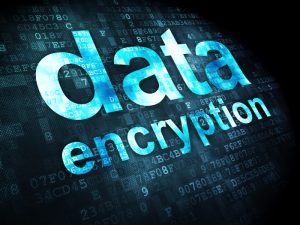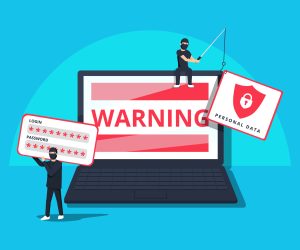Along with exorbitant bitcoin payments, ransomware operators have been stealing headlines this year, attacking companies that are desperate to safeguard confidential data from exposure. Deploying malicious software via phishing emails and social engineering tactics, they infect systems and lock enterprises out of essential and private records.
Previously, victims would only need to contend with the access problem, and if they were adequately backing up files, they had no reason to give in to these criminal demands. However, the latest forms of ransomware raids involve not just the infiltration of company networks, but the exfiltration of data files. To force the hand of their targets and to get them to pay up, cybercriminals threaten firms with releasing data publicly online.
These data breaches can be extremely expensive for companies, with forensic investigations and service downtime to contend with, plus massive fines from data regulators if firms are found to be negligent. Here, we have listed eight steps companies can take to mitigate the risk from ransomware:
1. Update operating and security systems
Your OS, including all its dedicated security systems, must stay current so it benefits from the most recent security patches. Any notifications of bug fixes or software updates must be implemented immediately.
2. Keep anti-virus current
Anti-virus used must stay up to date to function effectively, and it must perform full scans on a weekly basis. Scans will include the registry, memory and temp folders, as well the folder for windows.
3. Configure your DNS policy
When setting policies, blocking mail that contains attachments, such as MSI, CAB, SCR, RAR, SCR and EXE files, can be beneficial. To stop spoof emails reaching recipients, setting SPF records not to soft fail, but to hard fail, is also a wise move.
4. Educate employees
Run ransomware awareness training at your firm. It can help prevent the delivery of malware through phishing and malware infection tactics, as staff will be educated on threats and how to act.
5. Employ ad-blocking extensions
Reliable third-party ad blockers can prevent unwanted clicks on a pop-up containing malware and can avoid risks of staff downloading ransomware.
6. Establish a Data Loss Prevention (DLP) alert
Set up a DLP alert that will let you know when a file is altered extensively.
7. Enforce permission for network drives
Continually monitor all the shared drives in your enterprise network to ensure all permissions remain in step with your security requirements.
8. Create a secure working environment
At Galaxkey, we understand the importance of enterprises remaining safe from ransomware attacks. To answer this rising threat, we have developed a secure workspace, allowing you peace of mind with a comprehensive data security solution. Simple for staff to use, our system ensures that collaboration and communication is never impacted, with state-of-the-art tools for sharing and storing data safely. Featuring powerful three-layer encryption capability, our platform stores no passwords, offering zero backdoors to hackers.
Get in touch with our professional team today and arrange for a free online demonstration to start exploring how you can stop running the risks of ransomware.



